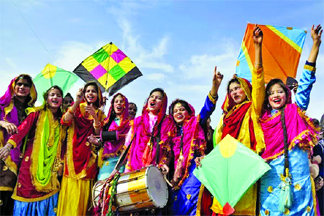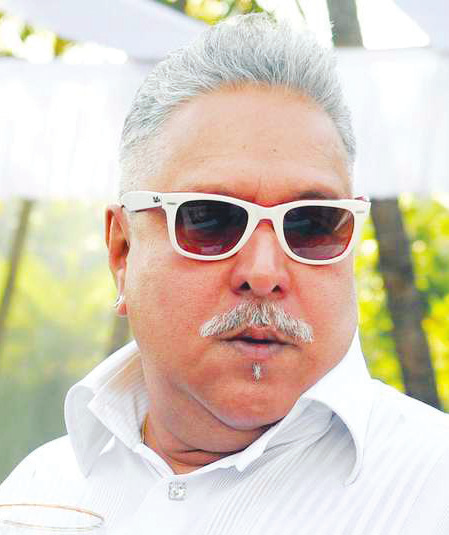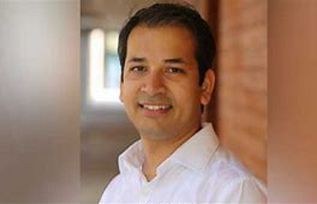
Makar Sankranti is an important Hindu festival celebrated in different forms in India and Nepal. The festival is celebrated when the sun enters into Makar rashi in Pausha month. It is celebrated every year either on 13, 14 or 15 january because on these dates the sun leaves Dhanu rashi and enters into maker rashi. The festival is also known as Uttarayni because on this day the sun starts to move towards north.
The festival is celebrated in different states of India in different ways. In south India, It is known as Pongal festival in Tamil Nadu while it is celebrated as Sankranti in Karnataka, Kerala and Andhra Pradesh. In north India, it is celebrated as Lohri in Punjab and Haryana. In Uttar Pradesh, it is a day of giving and donation.
The harvest festival is both a religious as well as seasonal observance, and is dedicated to Lord Surya, the Sun God and marks the sun’s transit into Makara (Capricorn) raashi (zodiac sign). The festival is majorly celebrated in the Indian Subcontinent and also by Indians and Hindus around the world.
The festivities related to Makar Sankranti have many names depending on the region it is being celebrated in. For example, by north Indian Hindus and Sikhs, it is called Maghi and is preceded by Lohri. It is called Makara Sankranti and also Poush sôngkranti in Maharashtra, Goa, Andhra Pradesh, West Bengal, Karnataka and Telangana, Sukarat in central India, Magh Bihu by Assamese, and Thai Pongal or Pongal by Tamils.
While festivities may not be at par as previous years on account of the coronavirus pandemic, usually on this day devotees take a dip in rivers like Ganga, Yamuna, Godavari, Krishna and Cauvery that are considered to be holy. For believers, taking a dip washes away their sins, it is also considered a time of peace and prosperity and many spiritual practices are conducted on this day. Sesame and jaggery ladoos or chikkis are distributed on this day. Popularly referred to as til-gud. The sweet signifies that people must stay together in peace and harmony despite their differences. In Gujarat, kite flying is organised as part of Makar Sankranti festivities. It is also believed that those who die on Makar Sankranti are not According to Hindu belief, if one dies on Makar Sankranti they are not reborn, but go straight to paradise.
The auspicious day of Makar Sankranti will fall Monday, 15 January 2024.
Believe goes that Makar Sankranti is the most auspicious day of the year and has a very sacred mythological story associated. It marks the end of an inauspicious phase that begins around mid-December. Further, it is also believed that any sacred Makar Sankranti ritual can be performed from this day onwards. The auspicious day of Makar Sankranti also marks the beginning of warmer and longer days as compared to nights. Now let’s know what mythology says about this lucky day.
Mata Mahishasurmardini – a powerful form of Goddess Durga, had descended with the purpose of destroying Mahishasur. The Goddess had first set foot on earth, in the Kataraaj ashram of Rishi Kardam and Devahuti.
It is also believed that on this day Lord Sun visits God Shani who is the owner of the constellation Makar. Since Shani is the foster child of Sun, they do not share a good relation. However, it is Shani’s responsibility to take care of his father. Hence, this day signifies the priority of responsibilities. Even in the epic of Mahabharata, an episode mentions how people in that era also considered the day as auspicious. Bhishma Pitamah even after being wounded in the Mahabharata war lingered on till Uttarayan set in so that he can attain heavenly abode inauspicious times. It is said that death on this day brings Moksha or salvation to the deceased.
History of Makar Sankranti
The great savior of his ancestors, Maharaj Bhagirath, did great Tapasya to bring Gangaji down on the earth for the redemption of 60,000 sons of Maharaj Sagar, who were burnt to ashes at the Kapil Muni Ashram, near the present-day Ganga Sagar. It was on this day that Bhagirath finally did tarpan with the Ganges water for his unfortunate ancestors and thereby liberated them from the curse. Thus Makar Sankranti marks the start of good luck and fortune for all endeavors.
Another legend says that any boy or girl who takes a bath at any of the holy places will be blessed with a charming and beautiful partner. Another belief associated with the holy dip is that Lord Vishnu himself comes down to take a dip in the Triveni Sangam and therefore anyone who bathes there is blessed with his grace.
Culture and Festivity
Makar Sankranti is celebrated differently at different places and has a variety of rituals associated.
Maharashtra
Maharashtra takes the limelight when it comes to the celebration of Makar Sankranti. People here come together to exchange sweets especially laddus made of Til (Sesame seeds) and Jaggery. Women who are married get together to exchange utensils and put Haldi Kumkum on their forehead. Hindus wear ornaments made of ‘Halwa’ on this day.
Orissa
In Orissa, families get together to prepare some authentic delicacies on the eve of Makar Sankranti. They prepare a special dish called ‘Ghantaa’ which is a curry made of different cereals and vegetables. They also prepare some sweet dishes. Many of Orissa celebrate the day of Sankranti by lighting bonfires, dancing and eating their particular dishes sitting together. The Bhaya tribals of Orissa have their Magh yatra in which small home-made articles are put for sale.
Uttar Pradesh
In Uttar Pradesh, Sankranti is called ‘Khichiri’. Taking a dip in the holy rivers on this day is regarded as most auspicious. A big one-month long ‘Magha-Mela’ fair begins at Prayag in Allahabad on this occasion. Apart from Triveni, ritual bathing also takes place at many places like Haridwar and Garh Mukteshwar in Uttar Pradesh, and Patna in Bihar.
Bengal
The famous Ganga Sagar river witnesses a huge Mela every year during Makar Sankranti. This is the place where river Ganga is believed to have divided into the nether region and vivified the ashes of the sixty thousand ancestors of King Bhagirath. This meal is attended by a large number of pilgrims from all over the country.
Tamil Nadu
Pongal is the festival which is very similar to Makar Sankranti and is one of the major festivities of South India. Rice and pulses cooked together in ghee and milk are offered to the family deity after the ritual worship. In this, they worship the Sun God.
Andhra Pradesh
The people of Andhra celebrate it for three long days and call it ‘Pedda Panduga’ meaning big festival. The whole event lasts for four days, the first day Bhogi, the second day Sankranti, the third day Kanuma and the fourth day, Mukkanuma.
Gujarat
For the Gujurati’s, the festival is more about socializing and show your love for your relatives. They exchange gifts, arrange dinners and perform Puja together. The Gujarati Pundits on this auspicious day grant scholarships to students for higher studies in astrology and philosophy. This festival thus helps the maintenance of social relationships within the family, caste, and community.
Punjab
Punjab celebrated this occasion as Lohri. This period being the coldest of the year they lit huge bonfires and participate in entertaining activities. Sweets, sugarcane, and rice are thrown in the bonfires, around which friends and relatives gather together. The following day, which is Sankrant, is celebrated as MAGHI. The Punjabi dance their famous Bhangra dance and eat sumptuous dinner together.





Be the first to comment